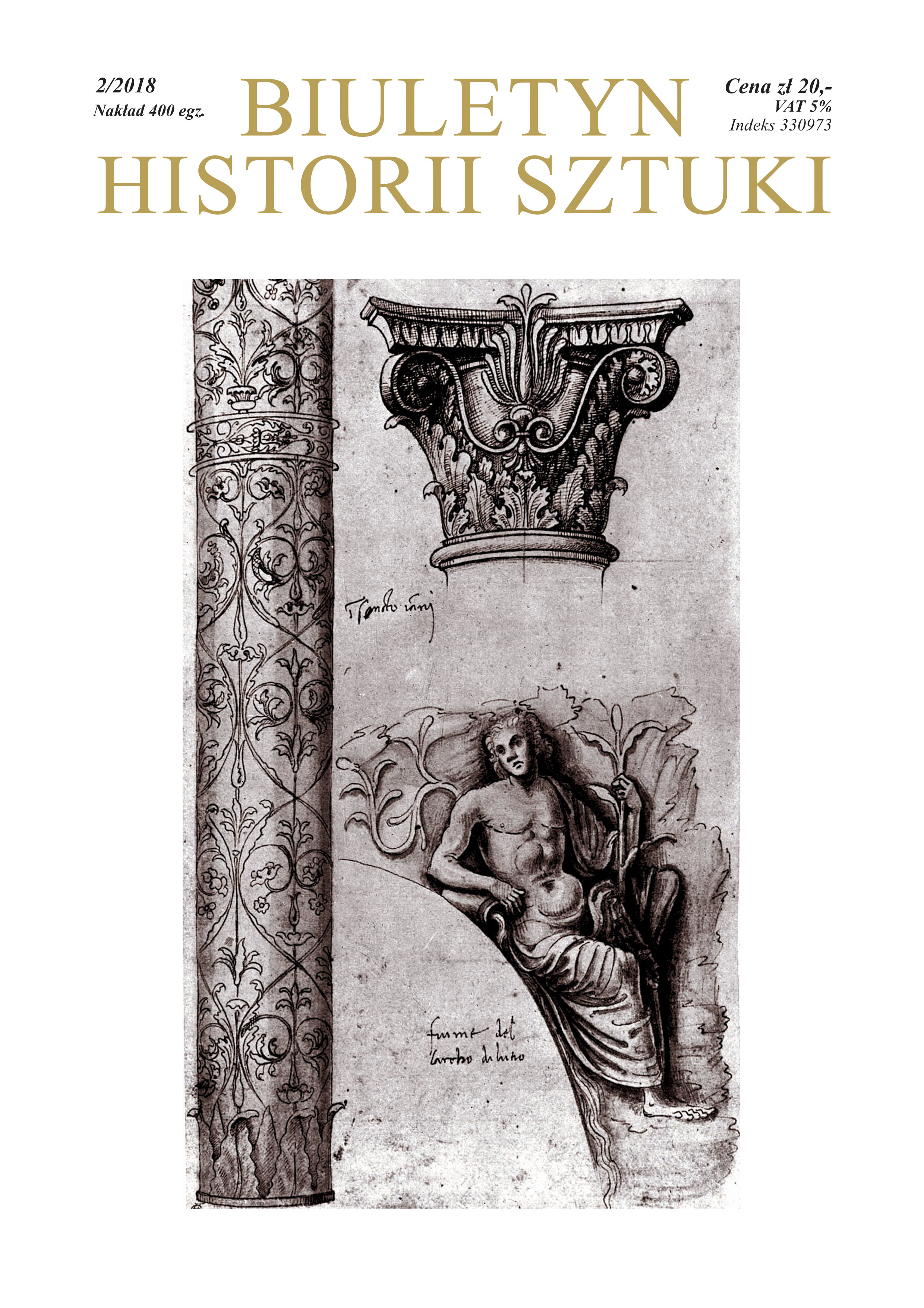Portret gabinetowy Jana III Sobieskiego z byłego Muzeum Polskiego w Muri
Cabinet Portrait of John III Sobieski from the Former Polish Museum in Muri
Author(s): Maciej Dariusz KossowskiSubject(s): Fine Arts / Performing Arts, Visual Arts, History of Art
Published by: Instytut Sztuki Polskiej Akademii Nauk
Keywords: Muri near Bern, Polish Museum; portrait of king Jan III Sobieski; Zygmunt Stankiewicz (1914-2010);
Summary/Abstract: Cabinet Portrait of John III Sobieski from the Former Polish Museum in Muri Among the monuments in the private Polish Museum in Muri near Bern what stands out is the middle-sized cabinet portrait of John III Sobieski painted in oil on a beech wood plank.The Museum’s creator Zygmunt Stankiewicz (1914-2010) was presented with it by the wife of the Swiss Ambassador to Austria who had purchased the work in Vienna. The Viennese provenance together with the relatively small size of the warp make one suppose that the portrait was the property of John III, and could have been taken by him in September 1683 to the war expedition in Austria. This thesis is confirmed by the imprint of a currently illegible seal in the red sealing wax on the back of the warp featuring a visible trace of an unpreserved string that may have originally held an attached provenance or donation card. That kind of a portrait constituted a form of a traditional gift handed to an individual the King did a usual honour during a formal or private meeting. That individual could have been a dignified resident of the Empire’s capital or one of the city’s defenders. Maybe it was General Ernst Rüdiger von Starhemberg who died in Vienna in 1701? What strikes is the exquisite craftsmanship and precision in executing the portrait; concern for detail; a perfect use of chiaroscuro by the painter; a faithful presentation of the folds and turn up of the garment; an exquisite elaboration of both King’s hands. His face revealing the psychologizing element featured in the portrait, shows his eyes pensive, looking far ahead. Devoid of any court pomp, his figure emanates dignity and ease at the same time, while the brushstrokes are fast, decisive, at moments leaving a broad trace, without corrective strokes. The portrait is so good that it could be easily attributed to Daniel Schultz II (1615-83). Actually, it is definitely superior to all the King’s portraits by Jan Tricius. The closest typological connection associates the described work with the portrait of John III from the Wawel Royal Castle, attributed to Prosper Henricus Lankrink. The latter was executed with minor discrepancies from a drawing sketch in pen and ink, preserved in the Print Cabinet of the Warsaw University Library. The drawing comes from the collection of the Flemish painter Prosper Henricus Lankrink, to later become the possession of Jonathan Richardson the Elder, an English artist, writer, and theoretician of art, a well-known drawing collector, and to subsequently reach the royal collection of Stanislaus Augustus. The sketch features notes in Flemish. The similarity with the Wawel portrait is also displayed by the King’s portrait from the private collections of Joanna Sidorczak-Heinsohn and Gunnar Heinsohn. This work demonstrates connections with the portrait sketch, while its typological bonds with the other portraits are undeniable. The continuation of effigies similar in type can be seen in the full-body portrait of the King from the Esterházy collection at the Forcherstein Castle in Austria. Almost identical is the reduced version in the figure presentation echoing the Muri portrait. Both portraits are clearly secondary. The face is elaborated linearly, and the right hand presented quite unskilfully. The brushstroke that differs in both works suggests that in their case we have to do with different painter-copiers.The portrait remaining in the Muri Castle until 2017 was most possibly created between December 1676 and spring 1683. The fact that it was late autumn or winter when the portrait was executed is accounted for by the monarch’s attire and the hat that he is holding in his hand. The posture and the physiognomy of the King suggest that the work was executed earlier. The other paintings are much later, and demonstrate secondary features. Therefore, it seems justifiable to accept that in this case we have to do with one of the earliest portraits which served as the prototype for both canvases in the Esterházy collection. The portrait’s format and the material used confirm the formulated thesis that the work may have been taken by John III on a long-lasting and remote expedition, and by principle formed part of the royal gifts. A private character of the figure’s presentation does not contradict the thesis, but consolidates its, since the grandeur of the Polish monarch is to be emphasized by his accomplishments and successes, and not his propaganda posture. Therefore, the King is not wearing an armour, but everyday home attire, and is holding a hat in his hand. The contrast between the expression and the presentation was intended, and was meant to achieve this kind of effect. It indirectly demonstrated the belief in winning the victory before it was actually won.
Journal: Biuletyn Historii Sztuki
- Issue Year: 80/2018
- Issue No: 2
- Page Range: 391-397
- Page Count: 7
- Language: Polish
- Content File-PDF

